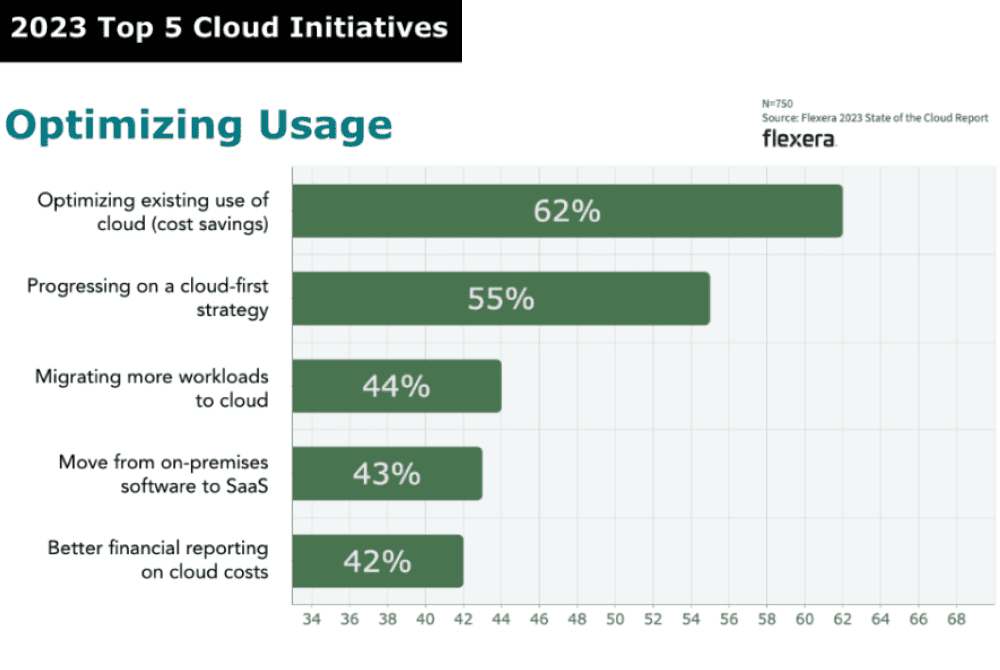In the IT field nowadays, one is never enough. Every aspect of your infrastructure needs to have backups and redundancies for the all-too-common problems that even the best systems experience at the worst possible time. Even as providers become more globalized every day, they have their primary region of service focus, thereby rendering them ineffective when it comes to serving a truly global audience.
In addition to technical limitations, there are legitimate geopolitical concerns to consider, especially for anyone operating around the globe. Let’s face it; despite tremendous technological advances, the world is far from what anyone paying attention would consider politically stable. Technology has made the world smaller than ever, and one bad geopolitical actor could conceivably cause massive disruption for business operations worldwide.
In addition to the risk, areas of different political control over network infrastructure often lead to service inefficiencies, such as Global CSP’s inability to effectively enter the Chinese market. Anyone who is serious about staying operational and competitive knows that putting all of your eggs in one basket is too risky. As a result, more and more companies are implementing a multi-cloud strategy to confront the growing challenges facing companies across all sectors.
But what exactly is Multi-Cloud, anyhow?
Every once in a while, something is exactly what it sounds like. A multi-cloud strategy involves the use of two or more (hence the “multi”) cloud computing services (hence the “cloud”). Although a multi-cloud deployment technically refers to any implementation of more than one software as a service (SaaS) or platform as a service (PaaS) cloud-based products, it generally refers to a mix of multiple public infrastructures as a service (IaaS) environments, such as Microsoft Azure, Amazon Web Services, or Google Cloud.

In a multi-cloud environment, the cloud computing and storage services operate as part of a single heterogeneous architecture, also known as a Polynimbus cloud strategy. Such a setup also includes a divided distribution of software, applications, and data across more than one unique cloud-hosting environments. By distributing parts of the whole among various cloud services, there is no longer a dependence on a single cloud environment to remain operational.
Common uses of Multi-Cloud strategies
The original reason companies turned to a multi-cloud strategy was primarily based on a fear that cloud computing was reliable; as a result, it made sense to go with more than one cloud in case the first one failed somehow. Despite definite improvements in cloud computing, the fundamental reason many people use a multi-cloud approach is the same- in case of a failure of a single cloud, there would be essentially a backup cloud running simultaneously to avoid downtime or data loss.
.jpg?t=1539059954363&width=600&name=Antares_Orb-3_launch_failure_(201410280012HQ).jpg) “It made sense to go with more than one cloud in case the first one failed”
“It made sense to go with more than one cloud in case the first one failed”
Organizations also built multi-cloud infrastructures to prevent being essentially held hostage by vendors who would raise prices because they saw themselves as indispensable.
With the advances in cloud stability and reliability, many organizations have built their strategy around geographic performance, taking advantage of specialized features offered by individual cloud providers, cost containment, and long-term strategic goals that will likely require significant boosts in cloud capacity and performance. While the providers were thought to be initially in control, now it is the organizations calling the shots and keeping the market competitive.
Another major concern for organizations operating in multiple locations worldwide is the growing need for data sovereignty. Because some laws, regulations, and corporate policies demand that data be physically maintained in specific places, using multiple cloud services can be critical in keeping everything in its proper place.

The new GDPR standards in the European Union are a perfect example of localized data storage requirements companies must adhere to regardless of where they are physically located. It would seem only to be a matter of time before similar restrictions begin popping up in other markets, making the need for a multi-cloud infrastructure that much more defined.
Pros and cons of a Multi-Cloud approach
As discussed, the advantages of a multi-cloud strategy are relatively straightforward. In addition to minimizing downtime due to platform outages, organizations can also experience improved coverage, cost control over multiple vendors, and numerous failsafe options to prevent data loss.
But like any strategy, there are always potential drawbacks. Most public cloud providers tend to offer volume discounts based on how many services a customer purchases. But for organizations trying to diversify by buying select services from various vendors, the discounts disappear, and the whole process can become very expensive in the blink of an eye. In essence, you get punished for not doing all of your business with one provider.
Additionally, there are serious issues of how an organization is going to be able to manage and support a multi-cloud setup. With multiple cloud providers co-existing to perform interconnected tasks, compatibility issues are just unavoidable. In other words, you’re going to need to make sure your IT staff is on point when it comes to keeping all of the clouds playing nicely with one another.
Finally, organizations could experience a drop in synergy because they utilize multiple cloud platforms. By not wholly adopting a single cloud provider, there is a real possibility that the functionality of the individual providers may be limited. As a result, some features may not integrate properly, resulting in diminished user experience.
So how do you manage Multi-Cloud?
Managing a multi-cloud environment is not for the faint of heart. Everything you do can have an impact on the multi-cloud performance, and the multi-cloud platform becomes more complex as the individual cloud providers work together.
If you’re thinking of moving to a multi-cloud environment, here are some tips to think about:
- Understand the platforms you already have. It is critical to know what resources you have at your disposal so you can allocate them appropriately.
- Track them. Just like tracking your monthly budget, you need to know where you’re at concerning cloud resources. This means carefully monitoring usage, storage space, and bandwidth availability included in your plan.
- Use a cloud management platform. You can do everything the old fashion way, but a good cloud management platform allows you to see and manage all resources at once. Mlytics does provide similar functionality, which enables users to manage multiple CDNs (content delivery network) from a different cloud platform on one single platform.
- Constant Assessment. You don’t want to overpay for idling resources, just like you don’t want to be short on resources when need them. Assessing your multi-cloud strategy periodically can help identify and adjust your capacity.
The most common reasons why businesses need a multi-cloud setup is because their website or application requires three key elements:
- Redundancy
- Performance
- Flexibility
Our approach
At Mlytics, we’ve been thinking about how we can create a solution to satisfy all three key elements without complexities and compromises. And it turns out the answer to this question is “Multi CDN”, which provides:
- Better performance – You can use Multiple CDNs as a way to achieve “Global Server Load Balancing,” the fastest way to distribute your website or application to users from different countries
- Redundancy – Multiple CDNs strategy is, by definition, a redundancy method
- A Whole New Level of Flexibility – You can always switch back and forth between your multiple CDN providers, depending on the circumstances.
So we developed a platform that combines multiple high-quality CDNs and created a platform around it for easy management which can help provide:
- An overview of what resources users have, and the status of those resources at all times
- A better way to track usage
- Getting the benefit of multiple CDNs for almost the same price as just one
We also developed an AI to help users to auto-manage all CDNs to achieve performance optimization (geo-targeted, or reacting to downtime), and DDoS attack mitigation. We try to simplify things because we’ve been there before.
In the same way that Uber manages cars or AirBnB manages properties, Mlytics manages high-quality CDN services. Their unique approach provides a standard, straightforward process to help manage your network needs so you can efficiently oversee everything without micro-managing.
Mlytics can help you automate the most time-consuming and tedious part of managing your IT infrastructure so you can focus on what you do best- build your business and provide the best customer experience possible.



